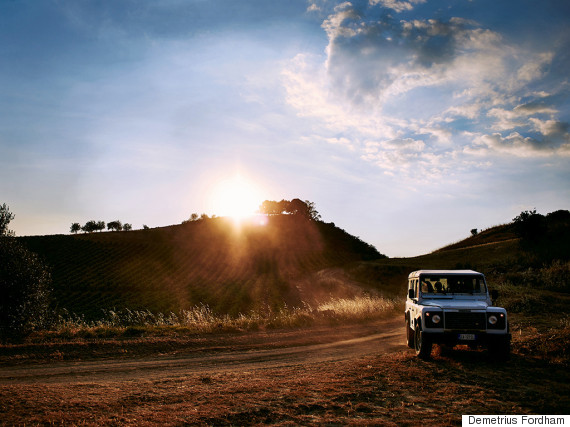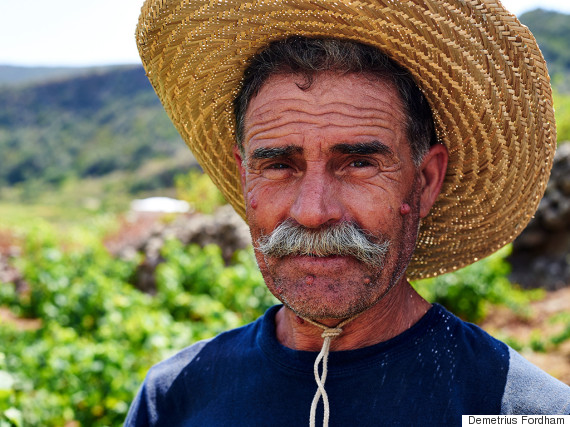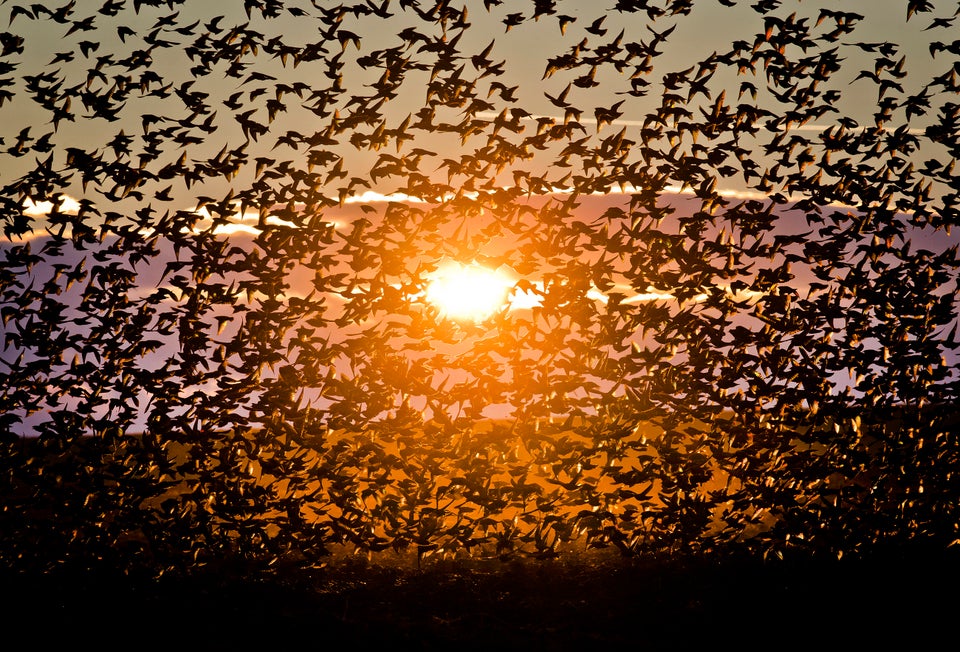
There are travel photos, and then there are professional travel photos--you know, the ones you see in the pages of Condé Nast Traveler, Departures and Travel and Leisure. It's easy to flip through those glossy pages thinking that your own travel photos could never look that good, but the truth is that with a good camera, the right information, and a lot of practice, you can get pretty darn close. While researching my book, "What They Didn't Teach You in Photo School," I tapped over a dozen professional photographers for their tips on how to take successful photographs, including travel photos. Here, I've summed up five key tips that will take your vacation snaps to the next level:
1. Do some light "pre-production."
One of the main differences between your vacation snaps and the photographs you see in magazines? It's what we call pre-production. Professionals don't just show up to a destination hoping they'll happen across the perfect picture -- they do their homework so that they can make it happen. They'll thoroughly research the location, find out when the sun rises and sets, create a mood board of images they want to emulate, and sketch out a shot list. Sure, doing all of this while on vacation isn't feasible -- but you can take a leaf out of the pro's book by doing a little research and preparation. Educate yourself on the locations you're planning to shoot at, gather inspiration from travel magazines, create a mood board, browse real-time photographs via Instagram, and download apps like The Photographer's Ephemeris or Sun Seeker, which predict how the sun will move throughout the day in any location. Lay the groundwork for the perfect picture before you even get to your destination.
2. Do a "location scout."
Prior to any shoot, commercial and editorial photographers will conduct a location scout. This involves doing a thorough examination of the location prior to the shoot to familiarize themselves with its light and geography, often taking test photographs to play with things like composition and framing. Again, a structured location scout certainly isn't something you'd do on vacation -- but what you can do is a simple walk-through of your location before even pulling out your camera. See the location first, as it stands, before seeing it behind the lens. Actively experience your surroundings and really take it all in, especially the things you can't see like sounds and smells. It sounds crazy, but I promise it makes for richer photographs. Keep an eye out for details: the mundane and everyday, like a flower growing from a crack in the sidewalk or a quirky old storefront sign -- things you can easily miss while you're behind the camera, focused on getting that money shot. First feel the place, then capture it.
3. Interact.
People define a destination as much as its landmarks and landscapes, and professional photographers are expected to be effective communicators in order to capture striking portraiture. Usually, pros have the advantage of time to invest in making their subjects feel comfortable and at ease -- they might even shadow their subjects for several days, with their consent, to really capture them in their natural environment. Of course, you don't have to go to such lengths to get a beautiful portrait from your trip! Just be open to interesting characters you want to photograph, and don't be afraid to interact with them. The one thing that surprised me most when on assignment in India was how little communication actually relied on spoken language, and how receptive people can be to being photographed when approached the right way (a genuine smile works wonders). Pro tip: show your subject the photo you've taken of them afterwards--they'll appreciate the gesture.
4. Be flexible and imaginative.
Professional photographers know you can only plan up to a point. You've studied your mood board, scouted your location, sketched out a shot list--but then the unexpected happens. It rains. You forget equipment. So what? Just roll with it. Or even better, use it to your advantage. Shoot without that tripod, find inventive new ways of shooting that'll keep you dry (shoot through the raindrop-flecked window of the building next door, or focus on interior and detail shots). Some of the best photos I've ever taken were the ones I never planned to take, happy accidents sometimes borne of "failed" shots. Even if everything happens according to plan, keep your mind open and eyes peeled for new opportunity. Play a little! Remember, photography should be fun.
5. Do some post-production.
Another major difference between your vacation snaps and professional travel photography? Retouching, skillfully performed by a professional retoucher. (There is not one photographer I know that has ever submitted their raw files to a client). Don't have a professional retoucher on speed dial? Download Photoshop or Lightroom and learn some basic techniques for enhancing your photographs (there are countless tutorials online). Even a simple crop, brighten and mild color correction could take your image from basic vacation snap to something magazine-worthy.
For more detailed tips on taking better photographs and succeeding as a modern-day photographer, check out "What They Didn't Teach You in Photo School," available on Amazon and Barnes & Noble.
Also on HuffPost:
